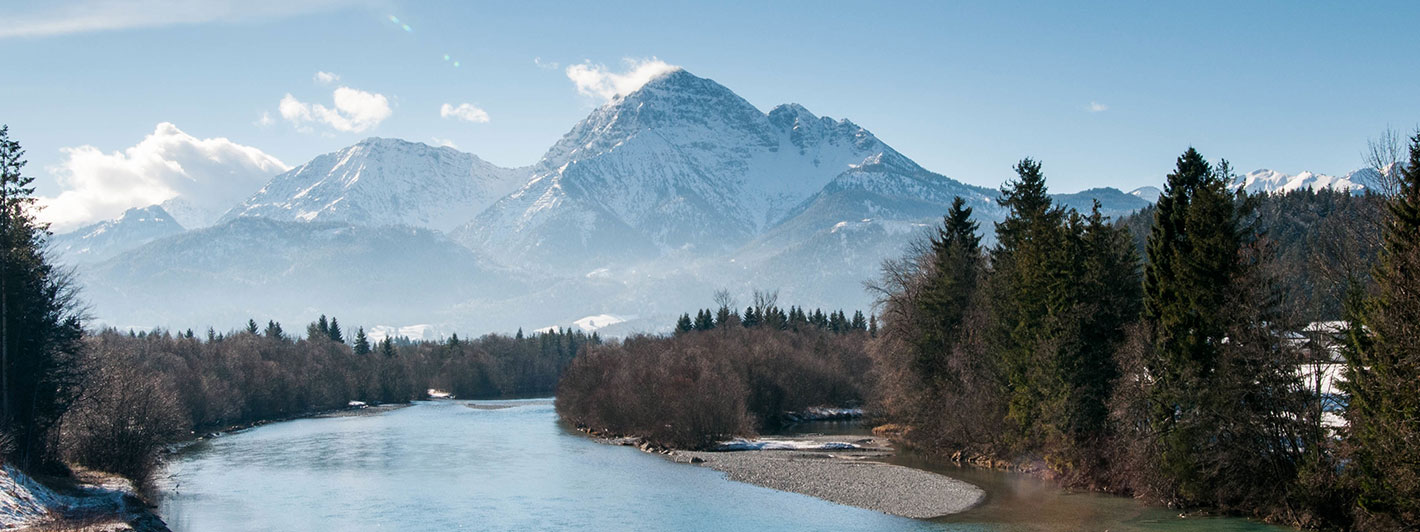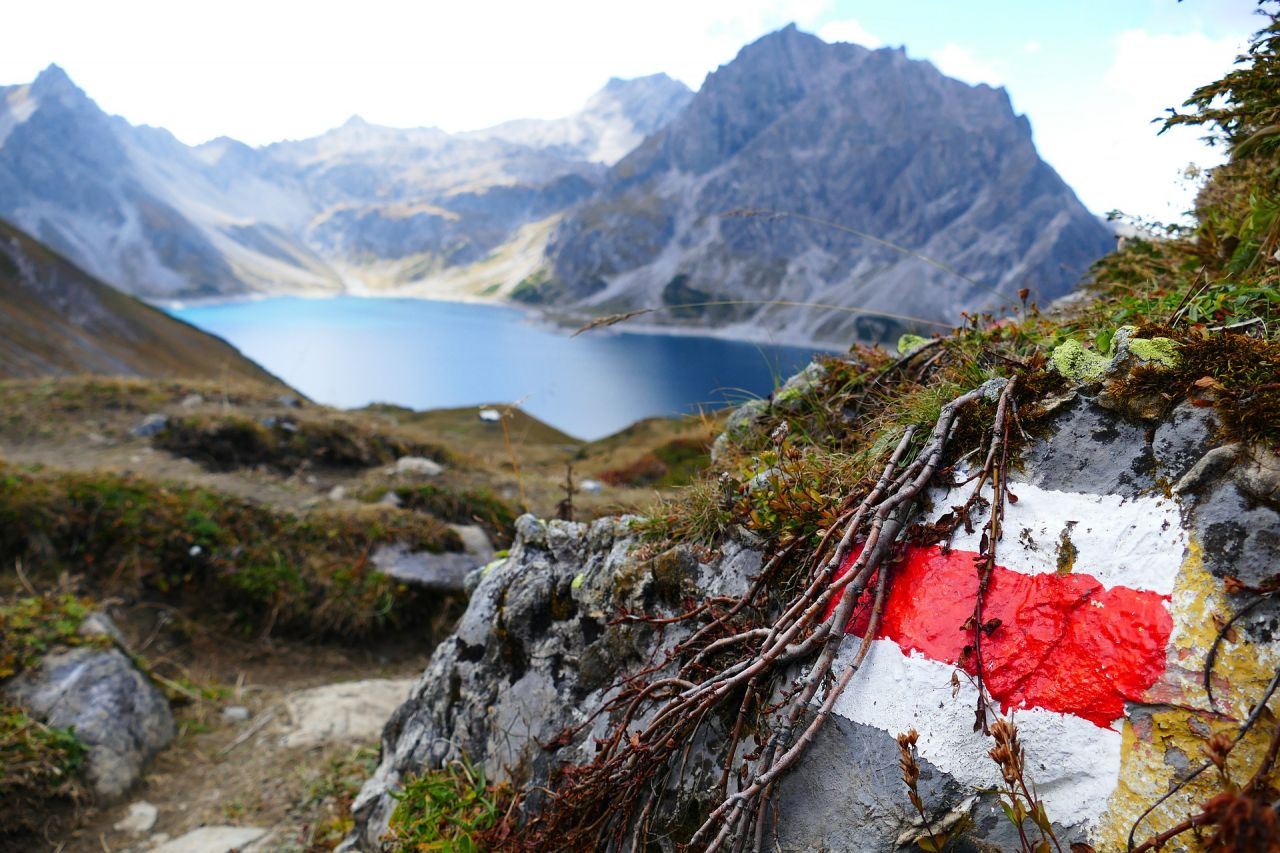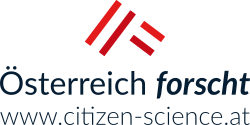Explore Citizen Science Projects
Welcome at Österreich forscht!
Here you can find everything about Citizen Science in Austria. In the future, it should be just as normal to work in a citizen science project as to be a member of an association, e. g. the voluntary fire brigade or a music ensemble. We want people to see science no longer as an elite programme, but as a process that affects all our lives, a process which is an important part of society and is worth understanding. However, the fun and enjoyment of research should not be neglected. We do not understand citizen science as an infotainment concept, but as a collaborative process through which new insights can be gained.
Cave documentation
- geology
Karst and cave documentation The Working Group on Karst and Caves (KHA) of the Natural History Museum Vienna cooperates closely with the Speleologic Society in Vienna and Lower Austria, but also with other groups of the Austrian Speleological Association (VÖH). The KHA is primarily active in the eastern part of…
SoilRise
- land use
- animals
Monitoring of Soilbiota by Citizen Science SoilRise is a research project on earthworm biodiversity in Europe. Earthworms play a crucial role in soil fertility and are considered important ecosystem engineers. With your help we like to collect data on the distribution and diversity of earthworms in Europe. But SoilRise is…
A project of the Viennese environmental protection department In spring (from early April), there's no doubt: the first swallows and swifts have returned from Africa to breed in Vienna. Other species, like house sparrow and jackdaw, have spent the winter with us and have already occupied their breeding places. House…
DANUBE4all
- waste
- land use
- geology
- plants
- animals
- traffic
- economy
- water
- living together
DANUBE4all is an EU project with the main task of developing a comprehensive action plan for the renaturation of river stretches in the Danube River Basin (DRB). To this end, a collaborative stakeholder process is being developed that actively incorporates the interests of citizens. The action plan is intended to…
Invasive Plants in View
- land use
- plants
Monitoring in the Karawanken UNESCO Global Geopark Together we can limit the spread of invasive species and protect the biodiversity of our mountain regions! Introduction Our Citizen Science project is dedicated to monitoring invasive alien species (IAS) in the mountain regions of the Karawanken Geopark. Invasive species are plants or…
City Layers
- politics
- health
- culture
Citizen Mapping as a Practice of City-Making The project “City Layers: Citizen Mapping as a Practice of City-Making”, funded by the Austrian Science Fund (FWF) introduces a contemporary framework for city-mapping which centres on citizen experience of urban space as an integrative way to contribute to more egalitarian city design. Within the frame of the Citizen…
Frog in a drop of water
- animals
- fungi
- land use
- water
State-of-the-art DNA technology and citizen science - "Frog in a drop of water" unleashes new prospects for amphibian research Detective work for amphibian protection - for the first time, amphibian screening is being carried out throughout Austria by detecting their DNA traces in water - and everyone can take part.…
DeVOTE
- politics
DeVOTE is a research project funded by the European Research Council (ERC) from January 2021 to December 2025, and led by Ass.-Prof. Carolina Plescia to develop and apply a new approach to study what ‘voting’ means for ordinary citizens. The project’s goals are: understand what ‘voting’ means for ordinary citizens; examine the variation…
Pollen Diary
- plants
- weather
- health
The Pollen Diary was launched back in 2009 as a scientific project as part of a master's thesis at the WU Vienna Executive Academy. Meanwhile it has become an important service for pollen allergy sufferers in 13 European countries: Austria, Germany, Switzerland, France, Great Britain, Sweden, Finland, Croatia, Hungary, Lithuania, Serbia,…
PATIO - Patient Involvement in Oncology
- language
- health
Be an expert on your disease and join our research! The PATIO initiative is working hard to strengthen the voices of prostate cancer patients and their caregivers heard in medical research. Why is it important to act now? Porstate cancer affects a considerable number of people in Austria. On the one…
ABOL-BioBlitzes
- animals
The lack of sustainability in human activity is leading to the global destabilisation of our natural systems. The resulting biodiversity and climate crises require a transformation to an environmentally sustainable society. However, the expertise in the field of taxonomy required for this transformation is often only shared by a few…
City-Zen Boden
- plants
- food
“Healthy Soil" research platform for Viennese community gardens As a follow-up project to "Heavy Metal City-Zen", we are once again inviting Viennese community gardens, garden projects or similar garden initiatives to take part in this project and conduct research together with us. The aim of this project is to scientifically…





